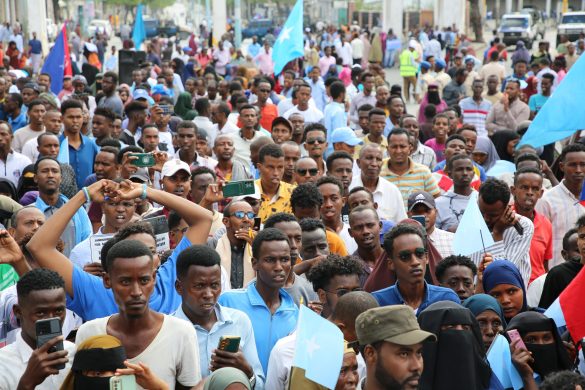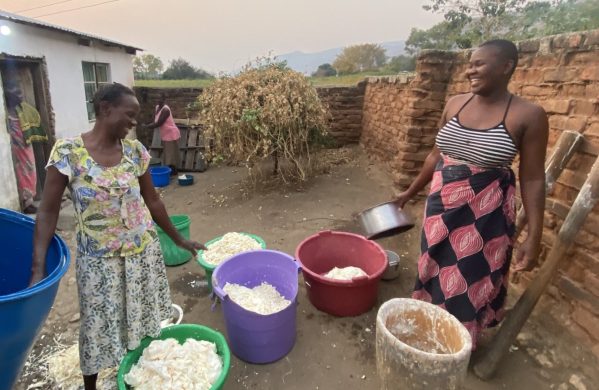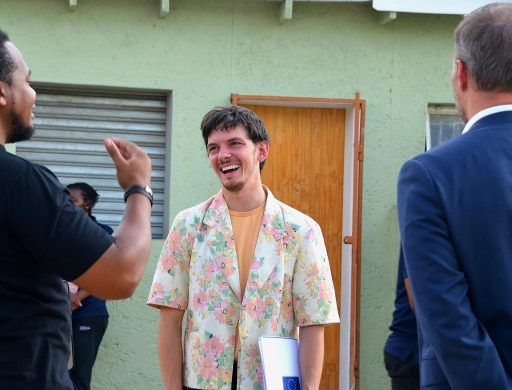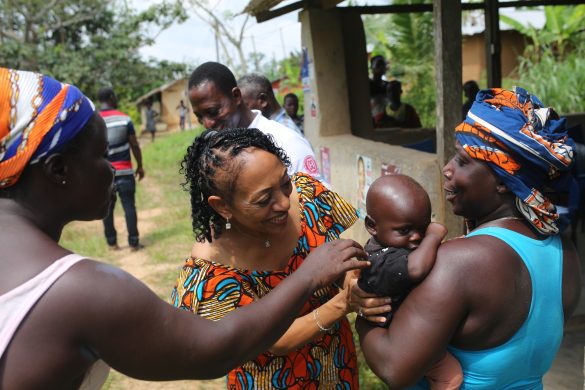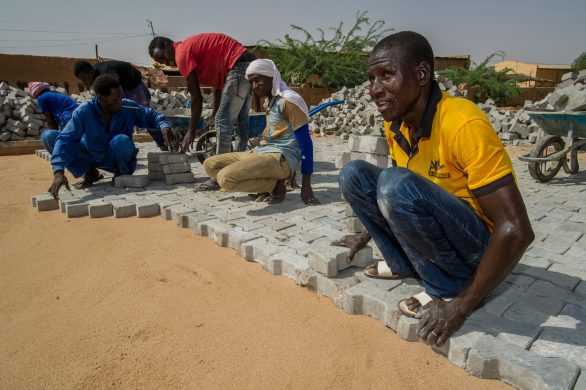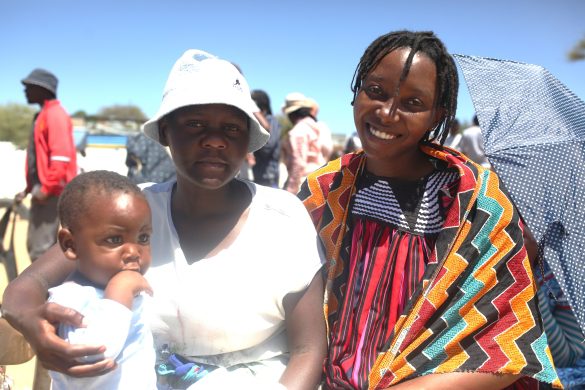Although South Africa has scaled up social spending over the last decade, considerable additional funding is needed to improve delivery to the countrys rural poor, a new study has found.
Since the transfer of power to black majority rule in 1994, government spending on health, education, welfare and housing has risen from 52,9 percent to 58,3 percent of the total budget.
However, a report by the Human Sciences Research Council (HSRC) argues that increased access to social services largely benefited urban and peri-urban households, and authorities are still struggling to provide basic infrastructure and social services to the rural poor.
One of the key challenges raised in the study, “Beating the Backlog: Meeting Targets and Providing Free Basic Services”, was the financial sustainability of projects aimed at beefing up service delivery in rural communities such as providing water and electricity.
The author of the report Dr Dave Hemson told IRIN: – While emergency repairs can be done when there are serious breakdowns there is little or no money for ongoing repairs or to extend the operation. To maintain the operation means employing people to do the job which is expensive because local authorities do not have adequate funds.
He added that of the 23 water projects surveyed in the eastern KwaZulu Natal province, only 22 percent were sustainable. Fifty-six percent of the projects were either not working or working below standard.
– The latter is a major concern as in a number of projects there is evidence of social exclusion with a section of the population beyond 200 metres or unable to access water because they are too poor or projects which are designed to provide yard connections only benefit those who can pay the quite high cost of connection, he said.
Accessing expanded water services provided by the government depends on the payment of a small connection fee. Hemson noted that decentralisation had meant that the responsibility of service provision had shifted to municipalities.
– Because the burden has been shifted to the local level there are questions of funding for local government. The research on the ground has shown that there needs to be a reassessment of state expenditure allocated to national and local government. Currently the governments policy of “equitable sharing” does not in some cases translate to what is actually taking place where some provinces are afforded more funds than others, he told IRIN.
Also, a number of local governments in rural areas had complained of insufficient funding for service provision.
In the case of water provision, funds were available to compensate for the loss of revenue associated with providing free basic water, but there was not enough to cover operations and maintenance “which has always been vulnerable in rural water schemes”.
Despite the considerable investment in rural water delivery, the indications are that the backlog of people who are unserved is growing. Nationally, the size of the backlog rose from 1,8 million to 3 million households between 1996 and 2003.
Hemson attributed the increase in the backlog to the pressures of a growing population.
– It is important to note that the effects of a delay in delivery are made worse as the population grows. There are obviously more people now than there was 10 years ago which means more money needs to be spent to provide services to these people, he noted.
There were however signs of bringing the backlog to an end in certain provinces – Northern Cape and the Western Cape – but water provision lagged behind in the northern province of Limpopo and Kwa-Zulu Natal in the east.
The backlog in meeting the challenge of electrification has proved equally stubborn. It was estimated that 2,75 million households would still be without electricity by the end of 2000, but research showed that the actual number was 3,65 million.
Providing electricity to rural communities has been regarded as “particularly problematic” and costly.
The number of people requiring power in some isolated areas was low and the outlay for connecting widely separated houses to the local grid was high. But two of the key constraints in delivery were insufficient capacity and uncertain funding, the report said.
“While there had been a history of developing institutional arrangements for delivery, there were a number of problems in terms of ensuring smooth funding and steady application to completing the task at hand,” the report commented.
“It appears that projects are often designed to provide for a community in phases, but after the first phase is initiated, project and funding difficulties encountered, modifications are made to the original plan. These changes have ended in substantial parts of a community being excluded,” the report stated.
Hemson concluded that the government would have to spend an additional 2-3 billion Rands (between 300-400 million US dollars) if it was to provide adequate services to millions of poor South Africans.
For the full report see: www.sarpn.org.za
Kilde: FN-bureauet Irinnews




